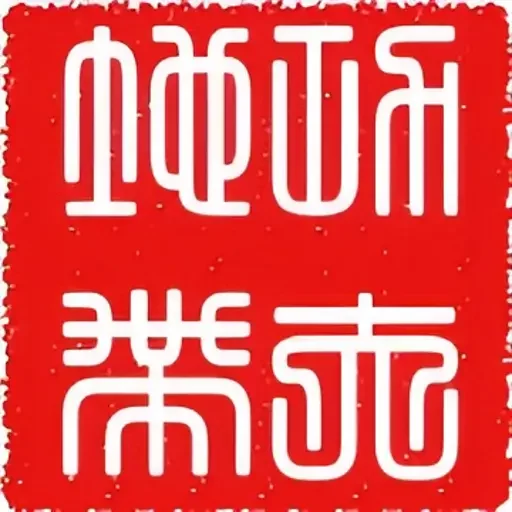
by Shkar | Oct 9, 2023 | Uncategorised
Our fourth syllabus form is Shi San Tai Bao. Shi San Tai Bao translates to Thirteen Wonders and is a White Crane form that can be found in some Yongchun White Crane Lineages from Fuzhou. This form is unique, as the name tells us that unlike many external styles of...

by Shkar | Oct 9, 2023 | Uncategorised
The Three Battles There are different ways to look at one’s progression within the traditional Chinese martial arts. One way that I like looking at one’s progression is based on our Tiger Crane Combination systems teaching on the three battles. I have...

by Shkar | Oct 9, 2023 | Uncategorised
Bodhidharma’s Legacy A common misunderstanding within the Southern Shaolin arts is that we need to tense the arm/torso at the point of impact to transmit power into the opponent. This is not correct; the type of power we are aiming to transmit to the opponent is...

by Shkar | Oct 9, 2023 | Uncategorised
Taming the Wild Ox Pain is inevitable when training Kung Fu. I always tell my students that if they are not in pain in every class, then they are wasting their time. Kung Fu training is pointless if the stylist doesn’t push themselves beyond their comfort zone...

by Shkar | Oct 9, 2023 | Uncategorised
Motivation is a Lie Nobody is born proficient at any skill. We may have a genetic disposition to be better at certain things than other people, but without developing and nurturing these skills, a person’s full potential will never be realised. Any athlete, musician,...

by Shkar | Oct 9, 2023 | Uncategorised
The First Step is the Hardest Any pursuit that will help you grow and help you better yourself physically and mentally will be tough. You will struggle, you will be in pain, you will suffer, and you will probably want to quit every lesson. The difference between those...